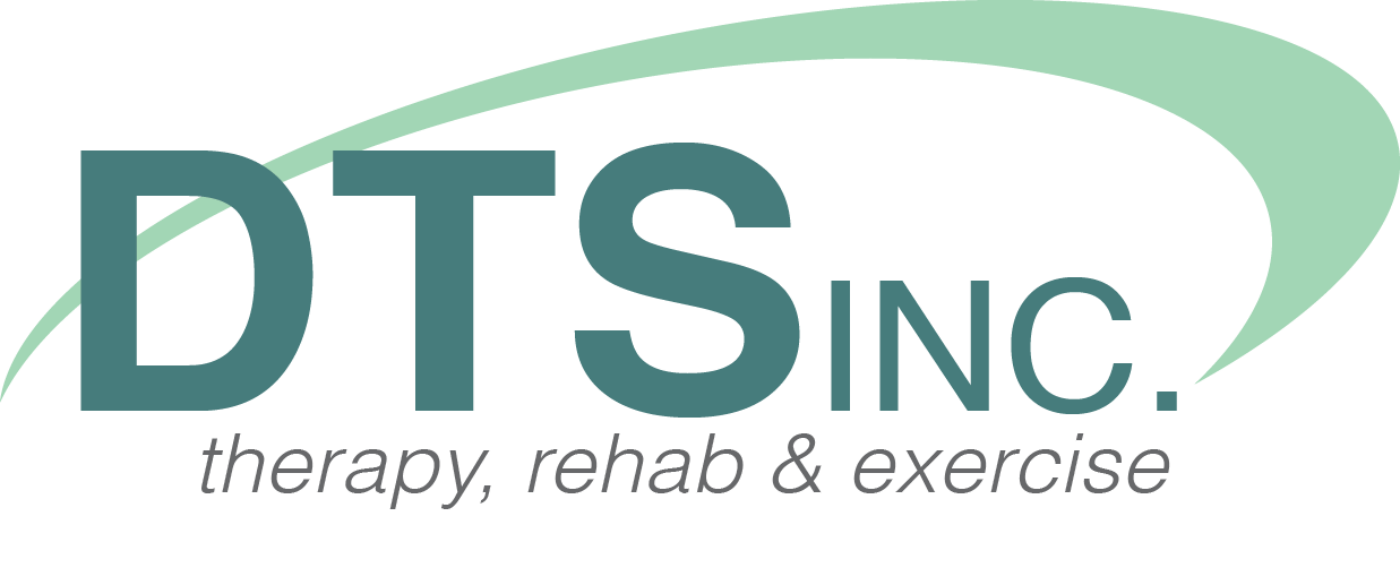A proper bike fit will allow you to enjoy cycling while decreasing the chance of injury. The American Physical Therapy Association (APTA) makes the following recommendations for posture & fit:
Trunk Position & Shoulder Angle
- For the recreational rider, trunk position should be 40-80° from horizontal and shoulder angle should be between 80-90°
- For the road cyclist, trunk position should be between 30-40° and shoulder angle should be between 90-100°
Handlebars
Handlebar position will affect your hand, shoulder, neck and back comfort as well as overall handling.
- For the recreational rider, the width should allow hands to be slightly wider than shoulders
- For the road cyclist, hands should be approximately 2 cm wider than the shoulders
Knee to Pedal
The closer the angle is to 35°, the better the function and less stress on knee
- For the recreational rider, the angle should be between 35-45°
- For the road cyclist, the angle should be between 30-35°
Foot to Pedal
- Position the ball of your foot over the pedal spindle for the best leverage, comfort & efficiency
- A stiff soled shoe is best for comfort & performance
The Saddle
- The saddle on your bike should be level – if the saddle tips downward, pressure will be placed on your hands & lower back
- The saddle should also be a comfortable distance from the handlebars – too close, and extra weight will be placed on your mid-back and arms; too far away, and you may put extra strain on your lower back and neck
